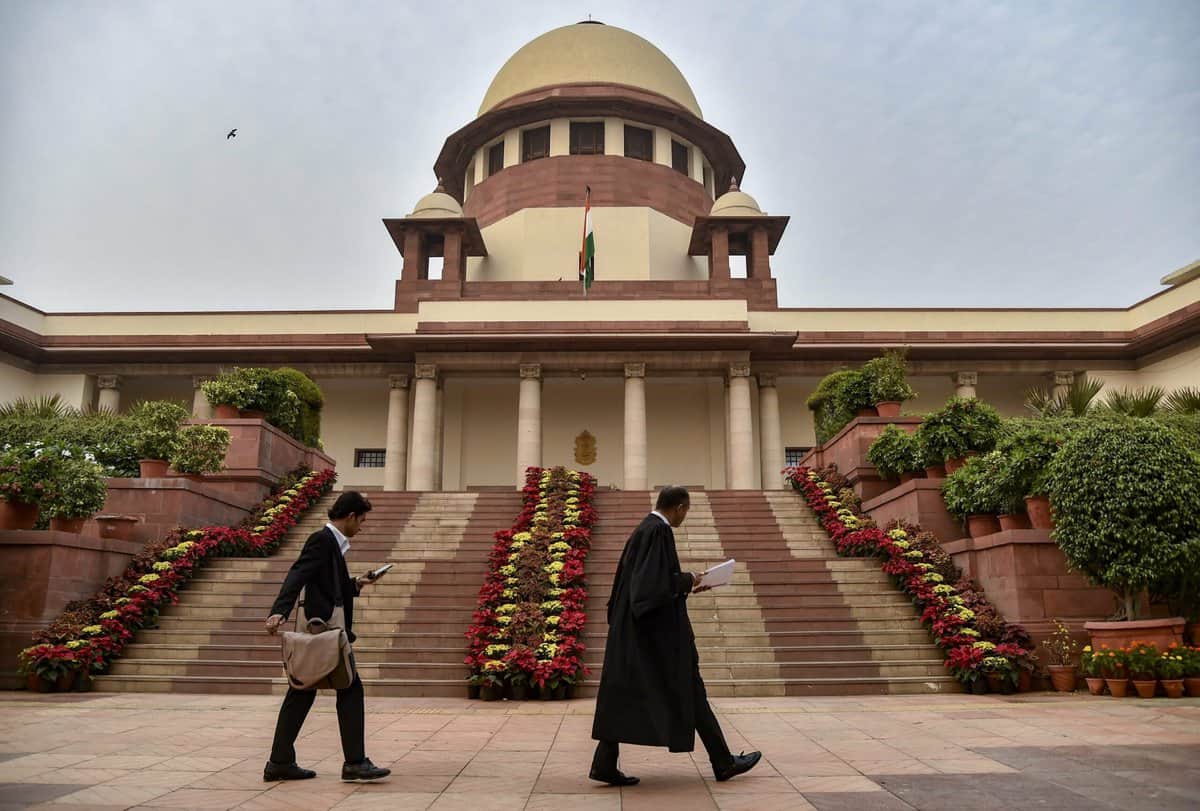
New Delhi: “India, that is Bharat, shall be a Union of States,” reads the first clause of the very first article of the Constitution of India.
There are mounting speculations that Prime Minister Narendra Modi-led Union government is mulling to amend the Constitution or bring in a resolution to make “Bharat” the official name of the country during the special session of Parliament, scheduled for September 18-22.
The speculations were triggered after President Droupadi Murmu’s invite to G20 world leaders for an official banquet addressed her as the “President of Bharat” instead of “President of India”.
Back in 2015, a plea seeking directions to the Union government to use the name ‘Bharat’ for all official and unofficial purposes was filed before the Supreme Court by a Maharashtra-based social activist.
The petitioner had said that during the Constituent Assembly debates, significant names like Bharat, Hindustan, Hind, Bharatbhumi, Bharatvarsh, etc. were suggested for our country as the term ‘India’ was derived during British rule.
A bench comprising of then Chief Justice of India (CJI) H.L. Dattu and Justice Arun Mishra (now retired) decided to examine the matter and sought responses from the Centre and states.
The petition filed under Article 32 of the Constitution also demanded that even non-government organisations and corporations should be directed to use ‘Bharat’ for all official and unofficial purposes.
In response, the Union Home Ministry opposed the plea saying that “there is no change in circumstances to consider any change in Article 1 of the Constitution of India” and pointed out that the Constituent Assembly deliberated extensively upon the issue during the drafting of the Constitution before adopting clauses in the Article unanimously.
In March 2016, the bench headed by then CJI T.S. Thakur trashed the petition remarking that the Supreme Court has no business to either dictate or decide for a citizen what he should call his country.
“If you want to call this country ‘Bharat’, go right ahead and call it ‘Bharat’. If somebody chooses to call this country ‘India’, let him call it ‘India’. We will not interfere,” the bench that was also comprising Justice U.U. Lalit had observed, adding that every Indian has the right to choose between calling his country ‘Bharat’ or ‘India’.
“We do not see the present to be a fit case for our interference in the exercise of our power under Article 32 of the Constitution of India. The writ petition is accordingly dismissed,” the apex court recorded in its order passed in March 2016.
Earlier in November 2014, the Supreme Court declined to entertain the plea filed by the same petitioner and asked him to first approach the Centre with his representation to replace ‘India’ with ‘Bharat’ while granting him liberty to approach the Court again if his representation is rejected or remains unanswered.
The representation sent by him to the Office of the Prime Minister was rejected in February 2015. “The said representation was examined by the Government and the request was not acceded to,” then Union Law Minister D.V. Sadananda Gowda said in a written reply to the Lok Sabha in August 2015.
The issue was re-agitated in 2020 after one Delhi resident named Namah approached the Supreme Court claiming that the name ‘India’ was a sign of colonial hangover and does not authentically reflect the cultural heritage of the country.
The plea referred to the Constituent Assembly debates from November 15, 1948, where M. Ananthasayanam Iyengar and Seth Govind Das, while arguing on the draft Article 1 of the Constitution, had batted for the adoption of names “Bharat, Bharat Varsha, Hindustan” instead of “India”.
The petition said that the time has come to recognize the country with its original and authentic name, that is, ‘Bharat’ and do away with the symbol of slavery by using the name ‘India’.
Upon hearing, the Supreme Court remarked that it cannot order the government to rename ‘India’ as ‘Bharat’, adding that India is already called Bharat in Article 1 of the Constitution.
In its order passed on June 3, 2020, a bench headed by then CJI disposed of the petition ordering that the “petition is directed to be treated as a representation and may be considered by the appropriate Ministries.”
Constitutional law expert and Supreme Court senior advocate Jaideep Gupta says that using ‘Bharat’ in place of ‘India’ is not a change and is already permissible under Article 1 of the Constitution as clause (1) already reads “India, that is Bharat”. As per him, no amendment in the Constitution or resolution by the Parliament is necessary to use the name ‘Bharat’ for official purposes.
Another expert, former Secretary General of Lok Sabha P.D.T. Achary has a contrary opinion. He says that the name given to the country is ‘India’ in terms of Article 1 of the Constitution, adding that ‘Bharat’ cannot be used interchangeably as that would create a “tremendous amount of confusion”.
“In the United Nations, the name of our country is ‘Republic of India’ and not ‘Republic of Bharat’. Nowhere in the Constitution, ‘Bharat’ is used. No article has used this word (except Article 1)…. Obviously, the Parliament can say that this country will be known as ‘Bharat’. The Parliament has the power to do that through a constitutional amendment,” he adds.
Referring to Article 52 which provides that “there shall be a President of India”, Achary emphasised that the name of the office is ‘President of India’ and not the ‘President of Bharat’. “I think the Constitution needs to be amended to incorporate these changes. Without that you cannot do it,” he says.
“The occupant of office under Article 52 officially is ‘President of India’ not ‘President of Bharat’, but in Hindi, it is ‘Bharat ke Rashtrapati’,” he elaborates, continuing that “The Republic of India” is translated in Hindi as “Bharat ka Ganrajya” but cannot be equated as “Republic of Bharat”.
“A country can have one official name. It cannot have two names. Otherwise, it will only create confusion at national and international levels,” he adds.

